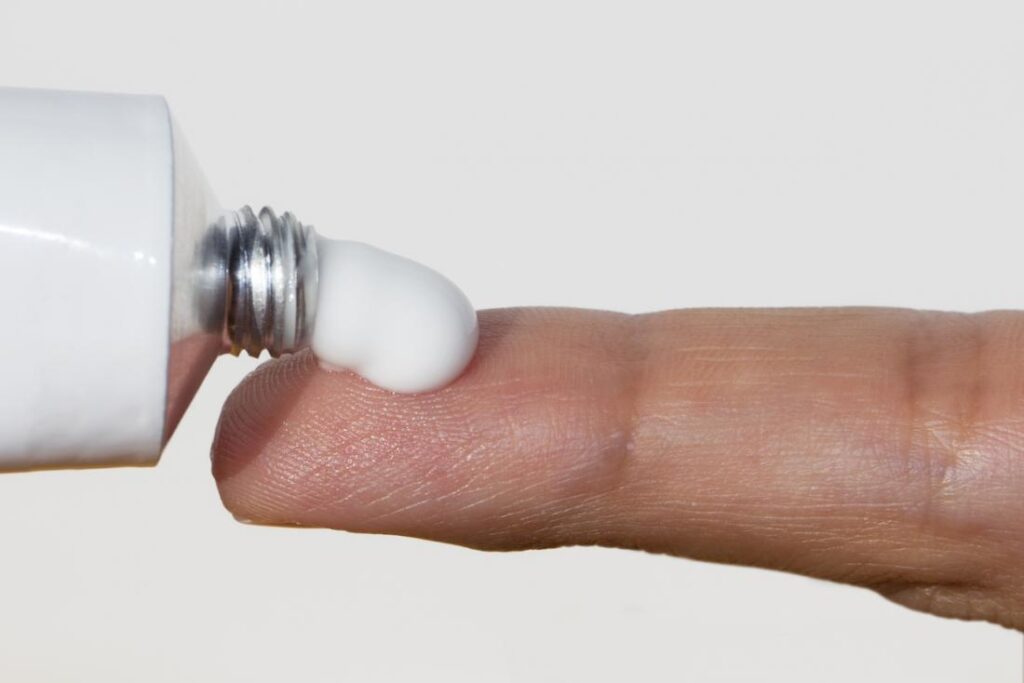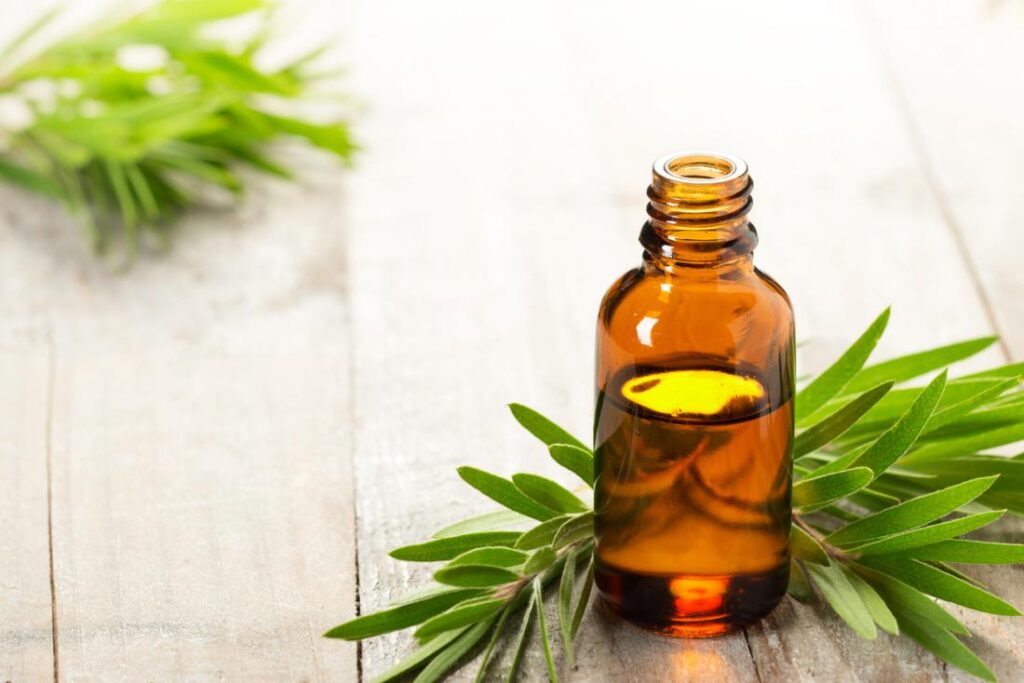A yeast infection is a form of fungal infection that is quite frequent in women. The vaginal area is one of the areas it affects, causing itching, discharge, and pain. But how can you treat a yeast infection at home? Women are more susceptible to vaginal yeast infections, with 75 percent of women have had at least one at some point in their life. Men, on the other hand, can have a genital yeast infection.
Candida albicans, a kind of yeast, is the most prevalent cause of these illnesses. Other yeasts, on the other hand, could be to blame. Yeast infections can be treated with a variety of methods, including several home remedies. This post examines eight home treatments for yeast infection in order to assist readers in determining which ones suit them best.
Over-the-counter treatments

Yeast infections can be treated with pessaries or antifungal creams that can be bought over the counter. You can get them without a prescription and can be found in pharmacies, grocery stores, and drug stores, as well as online. Based on the product, it will treat the illness with:
- only one application
- an application that takes three days
- a one-week application
Internally administered treatments have been demonstrated to eradicate more than 80% of vaginal yeast infections. They contain azoles, which are potent antifungals.
Boric acid
Women with yeast infections may benefit from vaginal boric acid pills. These could be especially beneficial for women who suffer from recurring infections. The Centers for Disease Control and Prevention (CDC) recommends taking 600 mg of boric acid daily for at least 14 days in a capsule that is vaginally inserted.
According to certain studies, topically administered boric acid combined with the antifungal flucytosine effectively treats about 70% of women. Women with yeast infections who did not react to azole-based antifungal medications were studied in this research.
Tea tree oil

The antifungal qualities of tea tree oil have long been appreciated. This essential oil’s capacity to destroy a variety of yeasts and fungi was proven in certain research. Tea tree oil was tested on candida albicans, among the most frequent yeasts in vaginal infections, in the bulk of the research examined.
Tea tree oil-based vaginal medications have been demonstrated to be effective in treating vaginal fungal infections. Applying diluted tea tree oil to a tampon and placing it into the vagina overnight has helped some ladies.
Probiotic supplements
Certain probiotic supplements could be able to help you get rid of a yeast infection naturally. These can be found in health stores and pharmacies, as well as online.
Some probiotic supplement companies produce products designed specifically for female reproductive health. These are intended to restore the vaginal bacterial and yeast balance. The supplements are either vaginally inserted or orally taken.
Natural yogurt
Probiotics are helpful bacteria found in natural, unsweetened, unflavored yogurt. These are beneficial to one’s health and aid in the restoration of the body’s bacterial and yeast balance.
According to a 2006 review of data, certain probiotics might be able to treat some of the yeast strains that trigger a vaginal yeast infection. Although most of the studies referenced by the reviewers had flaws, many patients have reported relief by eating yogurt, inserting it vaginally, and putting it around the vagina.
Coconut oil
Coconut oil possesses antifungal properties and has been demonstrated to be effective against Candida albicans. To relieve discomfort, apply raw organic coconut oil externally or internally.
Oil of oregano or tea tree oil can use warm coconut oil as a carrier oil. Coconut oil can be purchased on the internet. Some goods are better suited for cooking than for skincare, so compare brands and products to find one that’s right for you.
Garlic
Garlic has antifungal and antibacterial properties. Recent research, however, reveals that ingesting garlic has little effect on yeast concentrations in the vaginal area.
Some ladies have tried ingesting garlic as a substitute for eating it. They state that putting a garlic clove threaded with a string inside the vagina overnight relieves yeast infection. Although there is no proof that this cures yeast infections, it is a low-risk home treatment.
Burning and even skin injury can occur in women with sensitive skin types. As a result, persons with sensitive skin should avoid using garlic. Women should stop using it if the burning feeling gets worse.
Oil of oregano
The most common oregano used to make oregano oil is origanum marjoram, which has no particular qualities. Oil of oregano, derived from origanum vulgare (wild oregano), includes two powerful antifungals: carvacrol and thymol.
Some studies has revealed that using wild oregano oil can stop or slow the growth of Candida albicans. Oil of oregano capsules can be placed into the vaginal canal at night. It can also be rubbed on a tampon prior to insertion.

